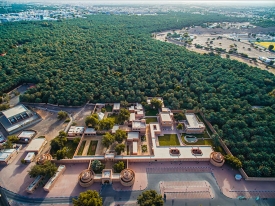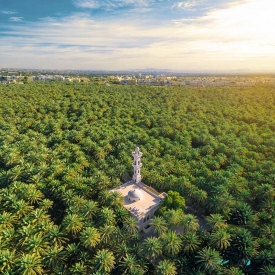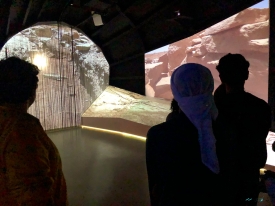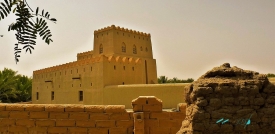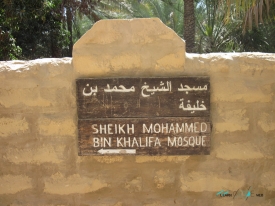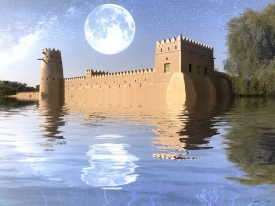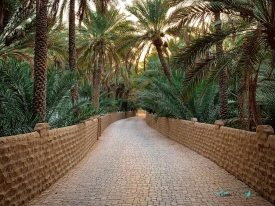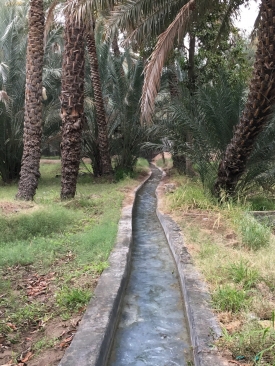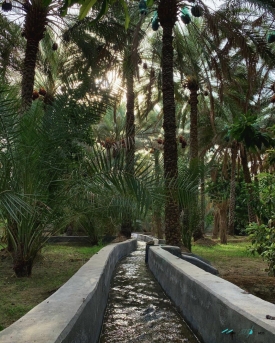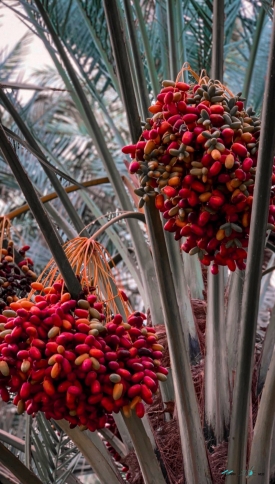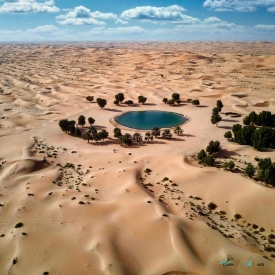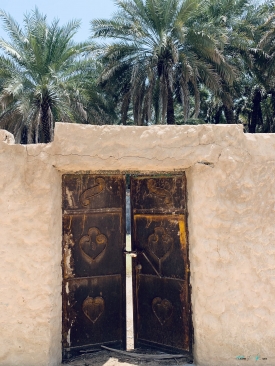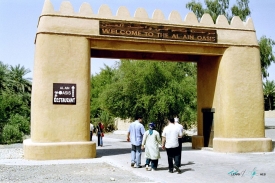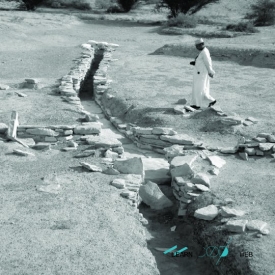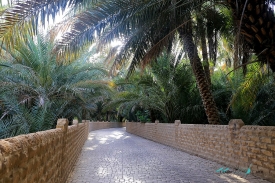ABOUT Al Ain Oasis
This lush oasis is located in the heart of Al Ain, approximately a 90-minute drive from the emirate's capital, Abu Dhabi, and is the largest among all the Al Ain oases. Farmers still tend thousands of trees of a hundred different varieties of palm trees, as well as fodder crops and fruit trees such as mango, orange, banana, fig and sidr. The lands and farms are separated by historic walls.
The oasis occupies an area of 1,200 hectares and summarizes the life of the region's population who began to wander the desert 4,000 years ago.
This lush oasis uses a combined irrigation system of wells and the traditional aflaj system that draws water from distant aquifers or in the mountains to irrigate farms sometimes several kilometers away, through a system of intake canals at level water. from the ground and below. The oasis includes several examples of the aflaj system that has been in use for centuries. It also uses two main irrigation systems of the aflaj systems: Al-Aini and Al-Daoudi, which provide irrigation water for two separate parts of the oasis by starting from the southeast side, that is, from the direction of the Hajar and Jebel mountains. Hafeet. Once it reaches the oasis, the water is distributed through a complex network of channels that direct the water to the areas that need irrigation without wasting it.
The Al-Ain Oasis is characterized by containing many historical monuments that you must visit during your tour, such as the Jebel Hafeet tombs, dating from the Bronze Age, and there are also archaeological human groups in the Hili area, as well as prehistoric monuments in the Bida Bint Saud area
The Food and Agriculture Organization of the United Nations also recognizes the importance of the Al Ain oases in terms of their rich genetic resources, biodiversity and rich cultural heritage.
The oasis occupies an area of 1,200 hectares and summarizes the life of the region's population who began to wander the desert 4,000 years ago.
This lush oasis uses a combined irrigation system of wells and the traditional aflaj system that draws water from distant aquifers or in the mountains to irrigate farms sometimes several kilometers away, through a system of intake canals at level water. from the ground and below. The oasis includes several examples of the aflaj system that has been in use for centuries. It also uses two main irrigation systems of the aflaj systems: Al-Aini and Al-Daoudi, which provide irrigation water for two separate parts of the oasis by starting from the southeast side, that is, from the direction of the Hajar and Jebel mountains. Hafeet. Once it reaches the oasis, the water is distributed through a complex network of channels that direct the water to the areas that need irrigation without wasting it.
The Al-Ain Oasis is characterized by containing many historical monuments that you must visit during your tour, such as the Jebel Hafeet tombs, dating from the Bronze Age, and there are also archaeological human groups in the Hili area, as well as prehistoric monuments in the Bida Bint Saud area
The Food and Agriculture Organization of the United Nations also recognizes the importance of the Al Ain oases in terms of their rich genetic resources, biodiversity and rich cultural heritage.
The Best Pictures of Al Ain Oasis
Videos of Al Ain Oasis








